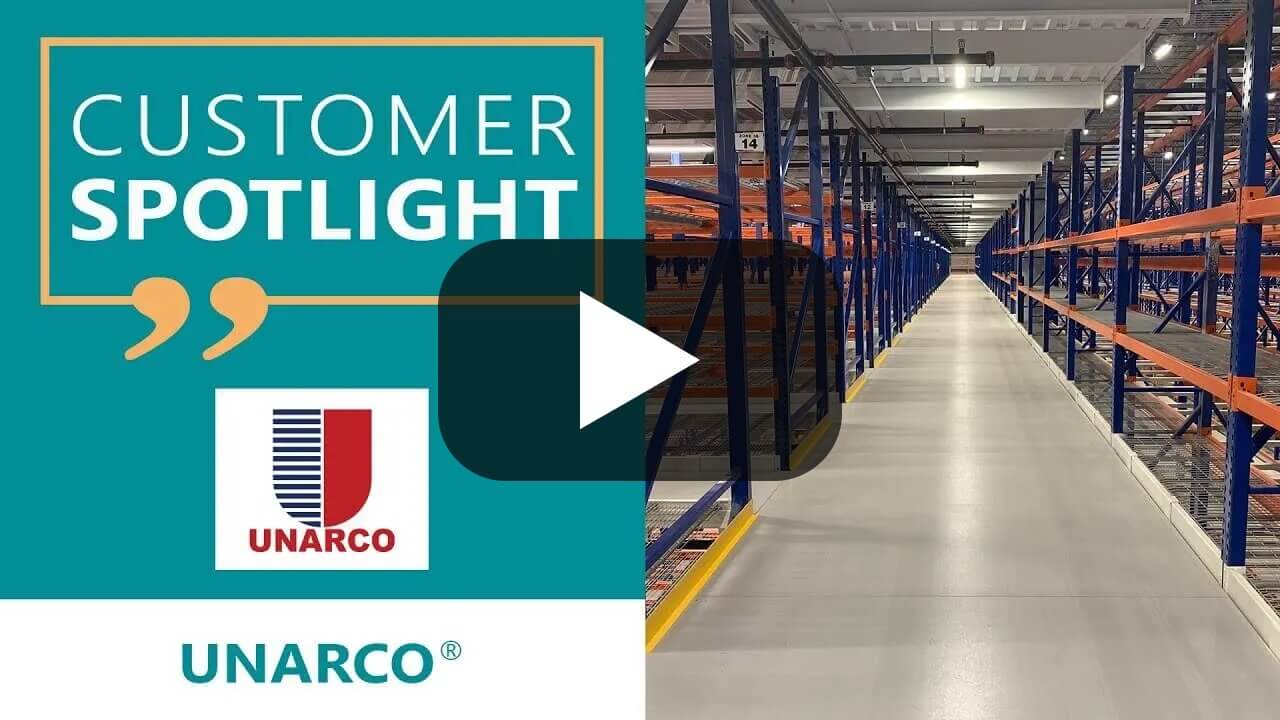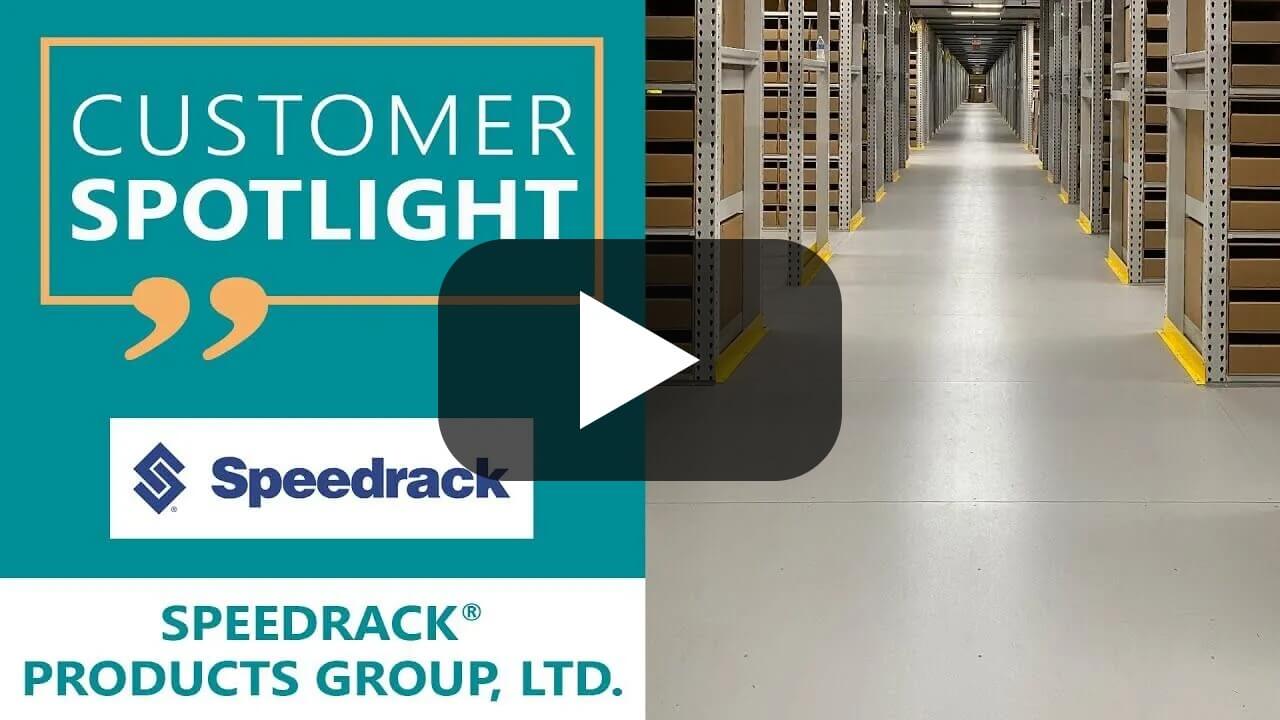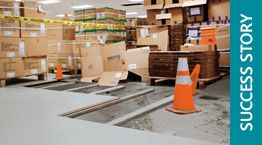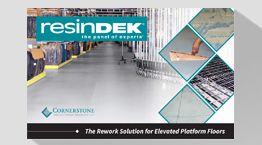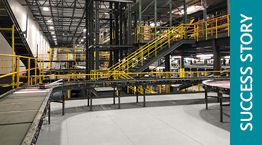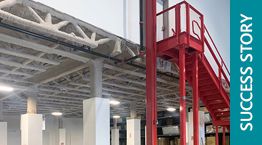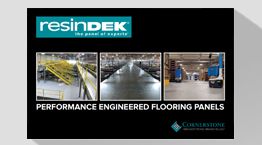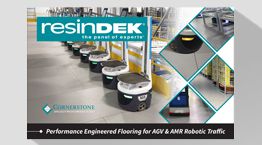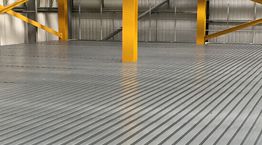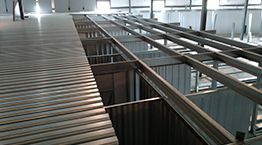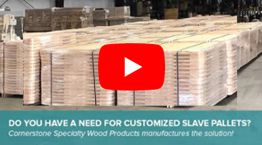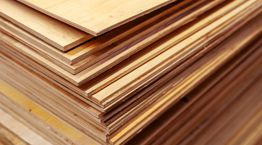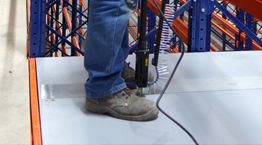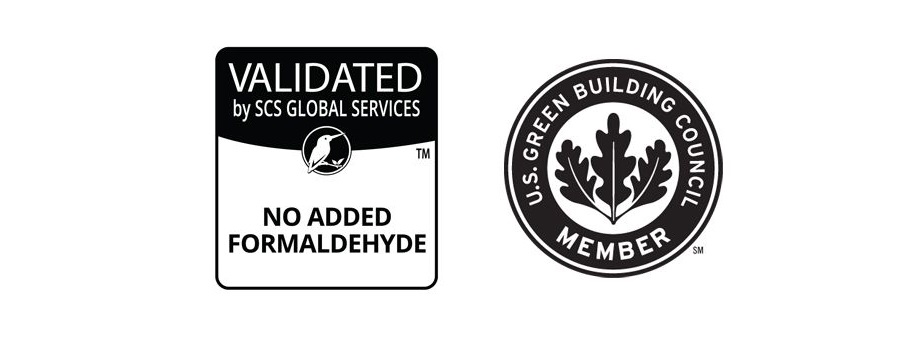
RESINDEK®: ENVIRONMENTAL PRODUCT DECLARATION
RESINDEK® EPD from NSF
ResinDek HD and ResinDek Xspan have received an Environmental Product Declaration (EPD) from NSF, recognizing their sustainability and environmental transparency. With EPD certification, ResinDek HD and ResinDek Xspan support green building initiatives while delivering the strength, durability, and performance needed for industrial and commercial applications.
RESINDEK®: LEED® CERTIFIED WOOD FLOORING
RESINDEK® PANELS CAN CONTRIBUTE TO LEED® CREDITS
Established by the U.S. Green Building Council (USGBC), the Leadership in Energy and Environmental Design (LEED®) green building rating system is the world's most widely used and recognized. It signifies a facility has been constructed with materials that reduce its carbon footprint and improve its indoor environmental quality.
How Can Your Building Qualify For a LEED® Certification?
Qualifying for the USGBC's LEED certification can be a complex process. To meet its extremely detailed standards and guidelines, mathematical calculations and detailed documentation are required. The final rating of a building is determined by a weighted sum of credits achieved through five major areas: sustainable sites, water efficiency, energy and atmosphere, materials and resources, and indoor environmental quality.
How Resindek® LEED-Compliant Industrial Flooring Panels Can Contribute to Your LEED® Credits
Using Cornerstone's ResinDek® engineered wood flooring panels in the construction of mezzanines and elevated work platforms can contribute to a variety of credits across two categories—Materials and Resources (MR) and Indoor Environmental Quality (IEQ)—as shown in the table below.
RESINDEK® FLOOR LEED® V4.1 CREDITS
| CATEGORY | ISSUE | MAX POINTS | RESINDEK FLOOR CONTRIBUTION |
|---|---|---|---|
| Materials and Resources | Building product disclosure and optimization: Sourcing of raw materials | 2 | See SCS Certifications for pre-consumer wood and steel content. |
| Materials and Resources | Design for flexibility | 1 | Modular and easy to disassemble/move. |
| Materials and Resources | Construction and demolition waste management | 2 | Made to measure and easy to disassemble and reuse, reducing construction and demolition waste. |
| Indoor Environmental Quality | Low emitting materials | 3 | Certified by SCS to have no added formaldehyde. |
| Indoor Environmental Quality | Interior lighting: lighting quality | 1 | Available with reflective finishes for floor and ceiling side. |
| Indoor Environmental Quality | Daylight | 3 | Versions with highly reflective finishes can help to improve daylight illuminance levels. |
Notes:
- All credits/points are subject to interpretation/ruling by the USGBC review team.
- The technical information provided on these pages is correct to the best of our knowledge. For further information and updates about the LEED® Rating System, please contact the U.S. Green Building Council at new.usgbc.org.
- More details about the LEED® Rating System can be found on the USGBC's website.
FAQs About LEED-Compliant Flooring
What are the requirements for flooring products to earn LEED® credits?
To earn LEED® credits, flooring products must comply with the relevant criteria outlined in the LEED® rating system. This may include meeting specific requirements related to the materials used, the environmental impact of the product, and the performance and durability of the flooring product. Contact us to request documentation/certifications to demonstrate that ResinDek® engineered wood flooring system meet the relevant LEED® criteria.


